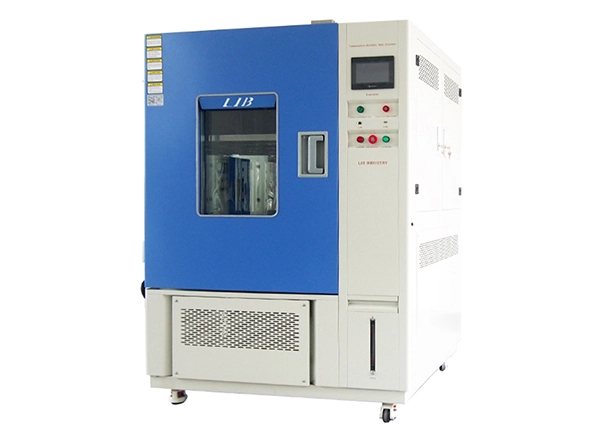

When selecting an environmental test chamber, it is important to understand its basic parameters. Identify the device based on the main functions of light, heat, and humidity to match the corresponding requirements. Temperature is a crucial parameter for environmental test chambers, as the stability and accuracy of the temperature directly affect the test results.
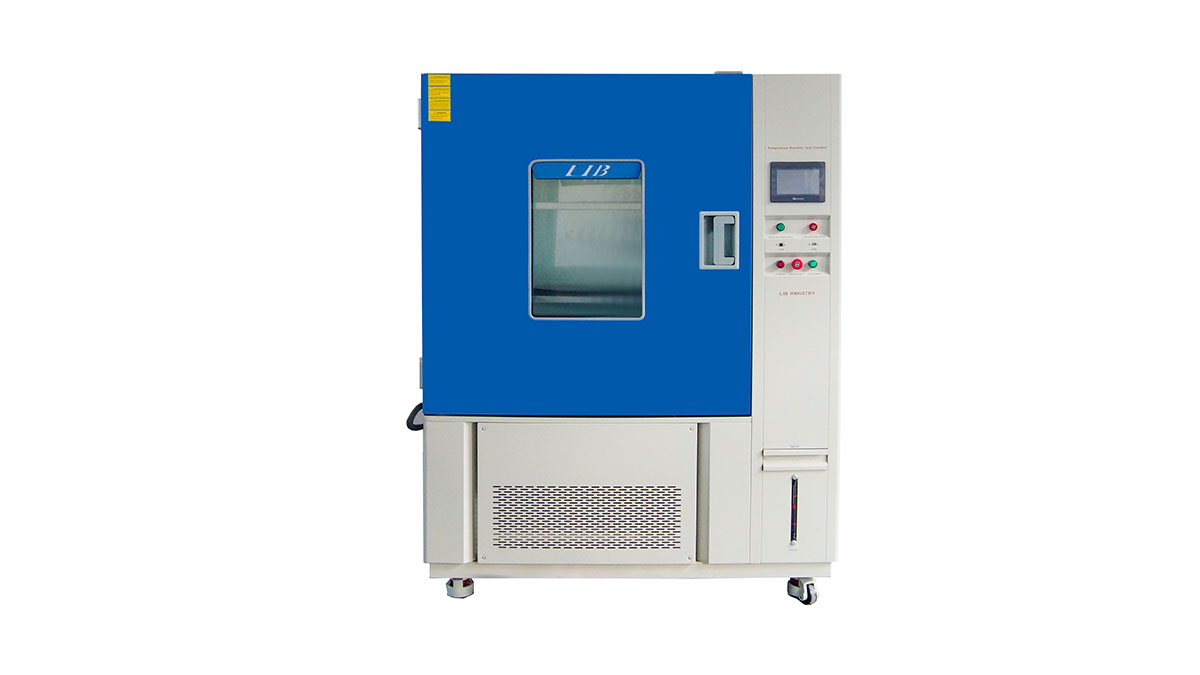
The selection of the temperature for the equipment needs to consider the following three main dimensions:
1. If the test sample only requires room temperature or high temperatures, you can choose either a high-temperature chamber or a low-temperature chamber.
2. If the test sample requires both high and low temperatures, a high-low temperature test chamber can be selected.
3. If the test sample requires both high and low temperatures with humidity control, consider selecting a constant temperature and humidity chamber or a temperature-humidity cycling test chamber.
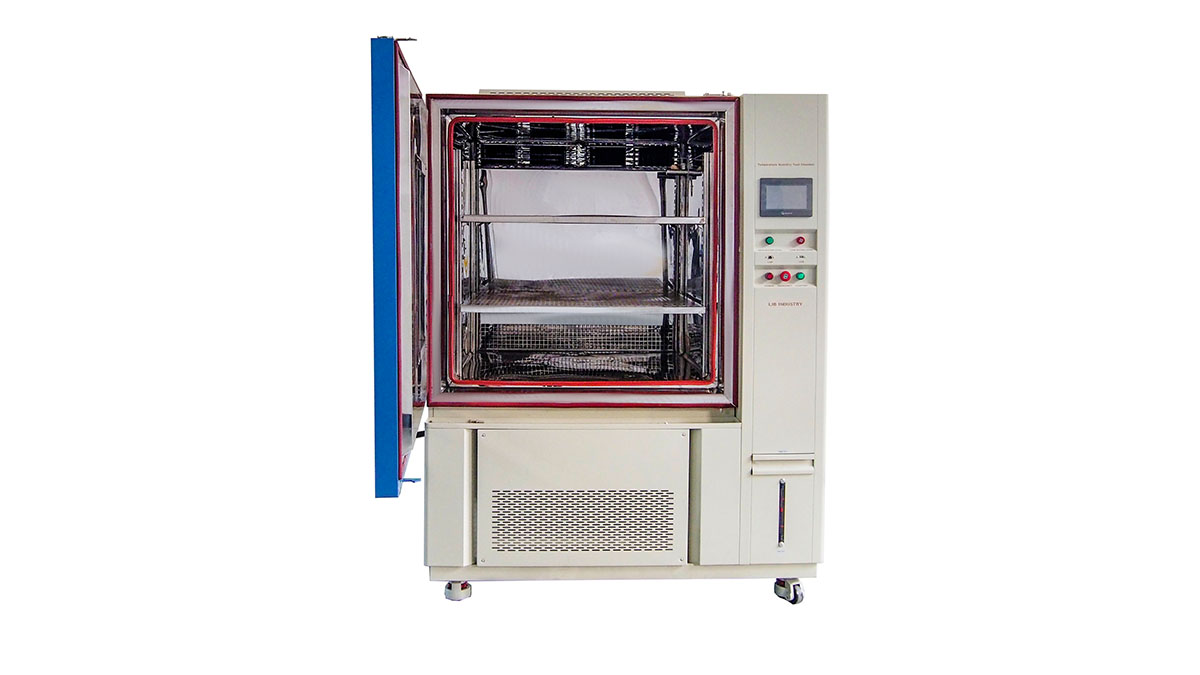
1. If a heating/cooling rate of 1℃/min is needed, a standard constant temperature chamber or high-low temperature chamber can be selected.
2. If the heating/cooling rate exceeds 5℃/min, a rapid temperature change chamber can be selected (these chambers can be set for temperature changes of 5℃/min, 10℃/min, 15℃/min, 20℃/min, 25℃/min, etc.).
3. If rapid temperature switching within 30 seconds or 3 minutes is needed, consider selecting a thermal shock chamber.
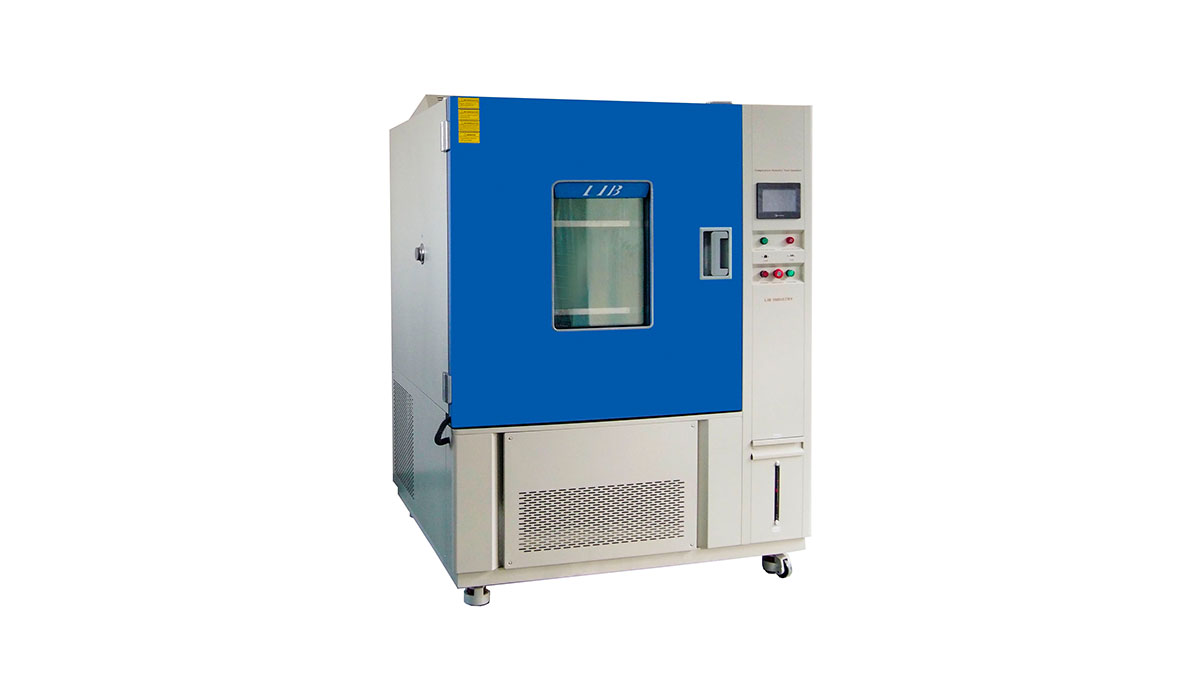
For environmental test chambers, regardless of the type of equipment, the standard high-temperature range can go from RT+15 to 200℃; the lower limit for conventional low-temperature chambers can go down to -70℃. If there are special requirements for temperature upper and lower limits, custom designs are available.
Standard high-low temperature chambers offer a range from -70℃ to 100℃, 150℃, 200℃, 300℃, 350℃, etc., which can be selected according to the product's required range.
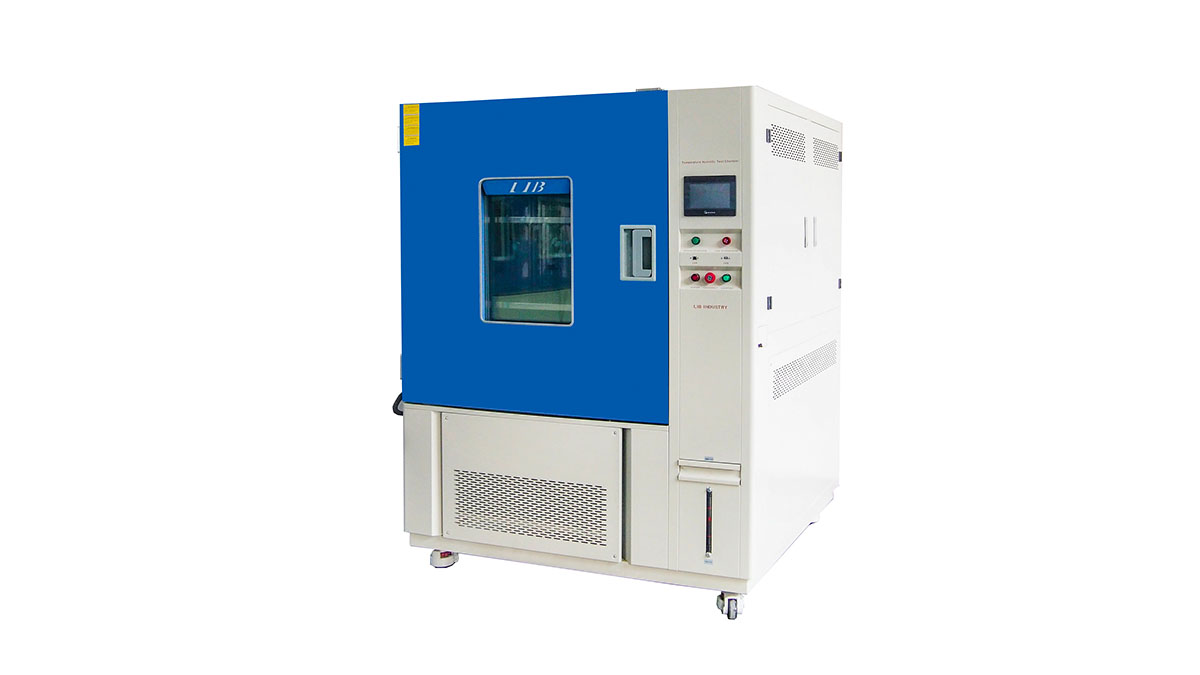
1. Unless there is a specific requirement, do not blindly increase the upper temperature limit. The higher the upper limit temperature, the greater the temperature difference between the inside and outside of the chamber. This also results in poorer uniformity of the airflow field inside the chamber and reduces the usable volume of the workspace.
2. On the other hand, the higher the upper limit temperature, the higher the requirements for the heat resistance of the insulation materials (such as glass wool) in the interlayer of the chamber wall, and the higher the requirements for the sealing of the chamber. Consequently, the cost of manufacturing the chamber increases.
3. When choosing the lower temperature limit, it is recommended to set the equipment to operate stably at a temperature slightly lower than the product’s required test temperature point, based on the actual validation temperature of the product.
Xi'an LIB Environmental Simulation Industry concentrates on providing the turn-key solution for environmental testing, that research, design, producing, commissioning, delivery, install and training, provide the whole products and service according to customer's requirements.
 English
English русский
русский français
français العربية
العربية Deutsch
Deutsch Español
Español